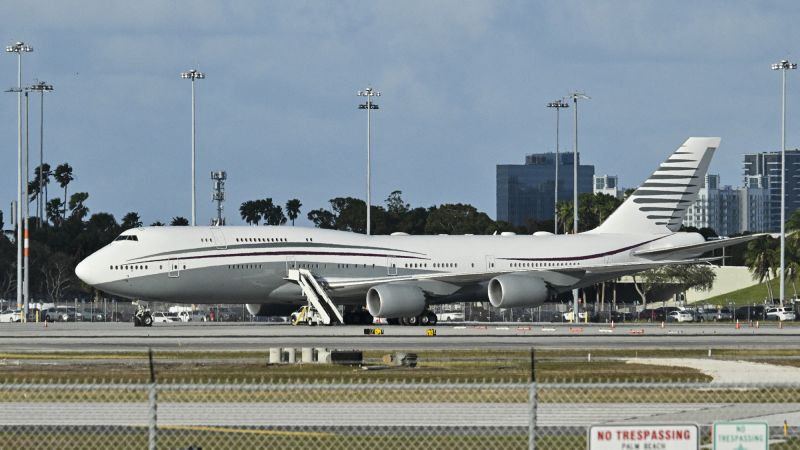The potential transformation of a luxury jet gifted by Qatar to former President Donald Trump into a replacement for Air Force One poses significant challenges. The process, estimated to cost hundreds of millions of dollars and take up to two years, involves installing essential security equipment, communications systems, and defensive capabilities.
Republican Sen. Ted Cruz and Democratic Sen. Jack Reed have raised concerns about the jet’s espionage risks and potential counterintelligence threats. Trump’s announcement of the Defense Department receiving the jet has sparked ethical and security questions, given its value and implications for continuity of government.
Estimates suggest the jet’s worth at $400 million, with overhaul costs potentially tripling that figure. The extensive security measures required include stripping down the aircraft and rebuilding it to prevent hijacking and secure presidential command and control.
While Trump intends for the jet to be a temporary solution, the complexity of the project involving various intelligence agencies and retrofitting for Air Force One standards presents a formidable challenge. The legal process for transferring the jet to the US and determining its usage further adds to the uncertainty surrounding this unique proposal.
In conclusion, the ambitious plan to repurpose the Qatari jet into a presidential aircraft raises intricate logistical, security, and financial considerations that will require thorough assessment and coordination across multiple government entities.

